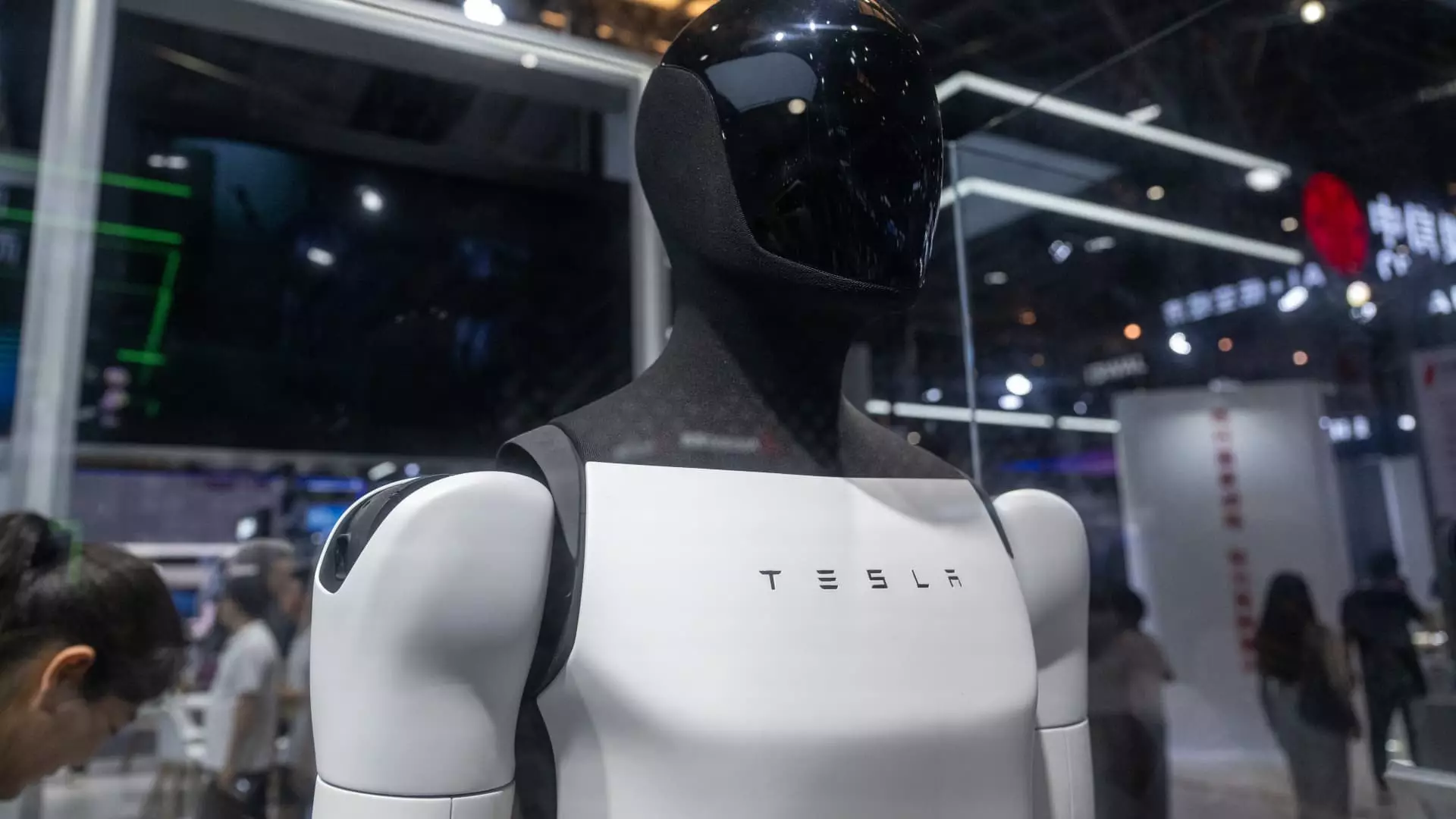In the intricate arena of global trade, competition for rare earth elements has taken center stage, particularly exemplified by the recent restrictions imposed by China. These limitations target vital resources such as rare earth magnets, critical components in emerging technologies, including Tesla’s ambitious Optimus humanoid robot project. As Elon Musk articulated during a Tesla earnings call, these export controls not only pose a challenge but could also serve as a litmus test for the resilience of innovation in the face of geopolitical pressures. The implications of these restrictions extend far beyond Tesla, ripping through the fabric of the entire tech ecosystem reliant on these materials.
The scrutiny surrounding these rare earth elements is not merely a question of supply chain management; it is a matter of strategic significance. China’s dominance in the market, coupled with its sudden regulatory shifts, leaves companies worldwide grappling with uncertainty and the need for adaptation. The new controls demand that companies like Tesla seek licenses for export, which Musk believes could stifle advancements if resolutions cannot be reached swiftly.
Assurances and Accountability in Tech Development
Musk’s assertion that China seeks assurances against the military utilization of these magnets underscores the delicate balance of trust and accountability that exists in international relations. The insistence that these resources be used solely for civilian purposes highlights the intersection of technology and geopolitical tension. Musk’s confidence that Tesla’s robots will remain within these parameters is essential for maintaining the collaborative spirit necessary for progress. The inherent challenge is to align corporate vision with national regulations without compromising innovation.
As Musk pointed out, the future of Tesla is deeply intertwined with the development of autonomous technologies, inclusive of humanoid robots. Yet, the road to that future is laden with hurdles that require strategic navigation and engagement with various stakeholders, including governmental entities. This situation exemplifies how corporate ambitions can collide with national interests, requiring a diplomatic touch that not many CEOs navigate with ease.
Competitive Landscape and Growth Imperatives
The broader implications of China’s export controls extend into the competitive domain, where emerging players like Unitree Robotics and AgiBot are ready to assert their place in the market. The concerted growth of these companies introduces formidable competition for Tesla, putting Musk’s ambitious plans at risk. If the U.S. is to maintain its edge in the realm of humanoid robotics, innovative companies must innovate rapidly or risk ceding ground to their competitors overseas.
Investors are watching closely, particularly given Tesla’s stock performance, which has stumbled in recent times. The expectations set forth during the earnings call point to a pressing need for a robust growth engine. If Tesla is to harness the potential of humanoid robots effectively, navigating these trade tensions may prove to be as crucial as the technological advancements themselves. The market is anything but static, and a misstep could result in a significant loss of competitive advantage.
Elon Musk’s Resilience and Vision
However, the resilience displayed by Musk and his unwavering optimism about Tesla’s prospects hint at a strategic foresight that transcends immediate challenges. The technology behind robots like Optimus has the potential to redefine not just Tesla’s operations but also global norms for robotics in various sectors. Musk’s ambition for creating thousands of these robots isn’t just lofty rhetoric; it reflects a compelling vision that could transform how industries operate, from manufacturing to logistics.
Investors and analysts alike are keenly aware of the stakes involved. As the dialogue surrounding electric vehicles becomes more crowded, Tesla’s pivot toward robotics could be its lifeline. Musk’s vision is laced with risk, yet the potential rewards reinforce the notion that sometimes, the greatest innovations emerge from the most complex challenges.
In sum, the unfolding narrative of Tesla and its foray into humanoid robotics amid trade challenges serves as a compelling case study in resilience, entrepreneurship, and the quest for innovation. Musk’s ability to navigate these waters will not only shape Tesla’s future but could also redefine the interplay of technology and global economics.


Leave a Reply